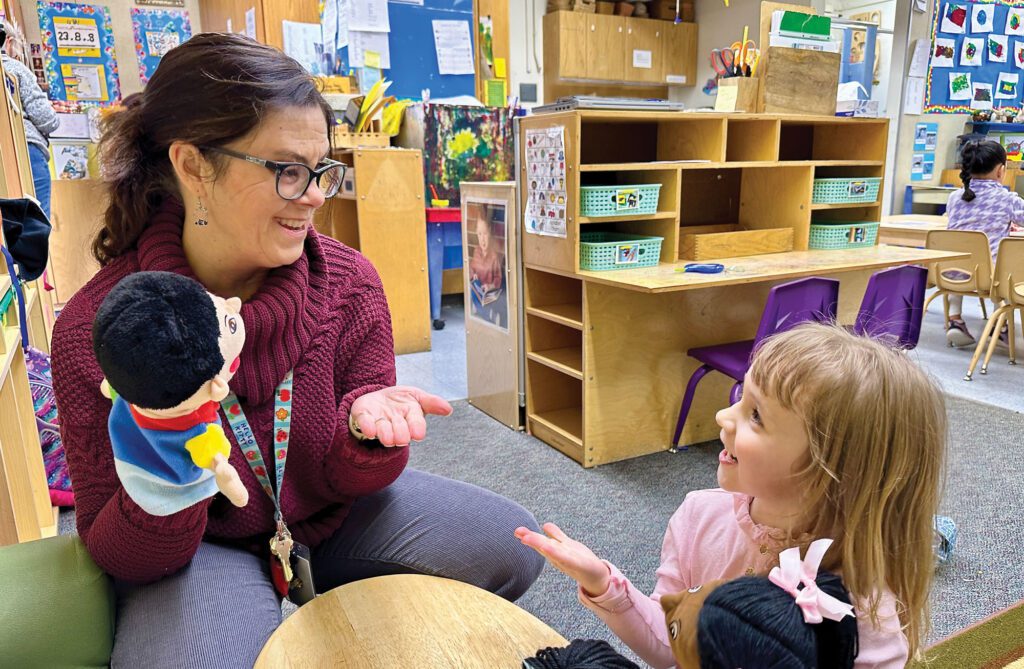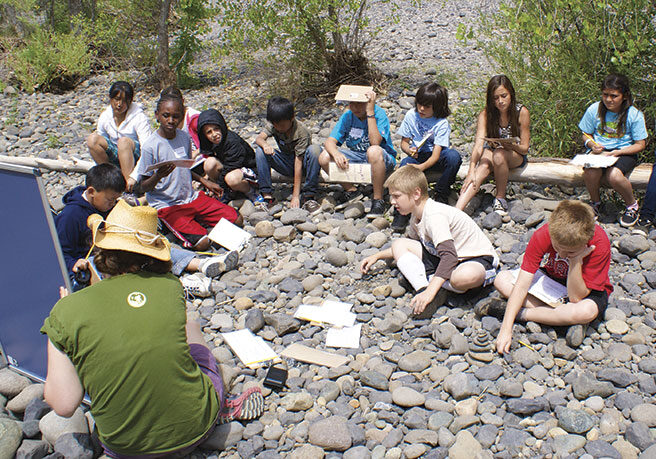With the evolution of transitional kindergarten, essentially as a new grade level in the State of California, families may be choosing for their children to skip preschool. Similar to the importance of crawling before walking, early learning is enhanced by taking advantage of learning opportunities at all stages of your child’s development from ages 0-5, according to Jen Campbell, PT, MSPT and pediatric expert in her article for Children’s Nationwide health care website “Why Crawling is Important for your Baby.” Additionally, the Centers for Disease Control and prevention states, “Early intervention services can change a child’s developmental path and improve outcomes for children, families and communities.”

High-quality early learning environments are essential to long term learning
Early learning environments provide daily intervention designed to strengthen language development, literacy and formative math learning for children ages 0-5. Participation in early learning environments causes neural circuits – foundational for learning behavior and health – to fully develop. Over time, these connections become harder to change. Delaying children access to quality early learning environments because they have access to transitional kindergarten when they are four years old denies them the opportunity to make these connections early on when they are easiest to form. This is why high-quality learning environments and relationships for children from birth to five are essential to long term learning.
California provides affordable early learning opportunities
The state of California invests $5 billion in federal and state funds for over a dozen early childhood services and programs and across a diverse range of settings through California ‘s Universal Prekindergarten (UPK). Through this program, the state is committed to providing universal prekindergarten for all four-year-olds and income-eligible three-year-olds by 2025–26. Early Head Start programs for children from birth to three and CA State preschool programs for children from three to five years are just two of the great opportunities to bring quality early learning to children in income-qualified families.
Some families may avoid these programs, believing they aren’t income qualified. However, the programs are open to families making 100% to 115% of California’s median income. For example, a family of four earning $10,875 monthly qualifies for free, part-day state preschool and may qualify for full-day preschool with a maximum fee of $82.90 per month.
These preschool programs offer a minimum of 15 hours a week of early learning; and the activities propel children into a cycle of successful educational outcomes. Quality state preschool programs have lasting benefits on later school performance and adult life, including higher lifetime earnings, improved health and reduced dependence on social welfare programs, according to Beth Meloy, Madelyn Gardner, Marjorie Wechsler and David Kirp in Sustaining Early Childhood Learning Gains.
Readarific fills early learning gap
Families play an essential role in their children’s early development and First 5 California’s “Talk. Read. Sing.®” campaign (first5california.com) is a great resource for families to learn how to support their child’s development at home.
But for children with limited quality play at home or in an early learning setting, a tool such as Readarific, may be the boost a child needs to bridge the learning gap. Readarific is designed for students who struggle with reading comprehension, paying attention, memory skills, test-taking and more. Through Readarific, students learn to visualize content and identify the main ideas of what they are learning. They also learn to follow multistep directions, a skill they may have missed in their early learning years. Even students with a history of quality early learning environments may benefit from programs like Readarific because learning barriers such trauma, language delays or medical issues may have impacted their early learning experience.
These benefits and many others make it clear that the availability of Universal Transitional Kindergarten (UTK) is not a call for children to bypass preschool or other early learning opportunities, but to seek them out whether through publicly funded programs or private programs such as Readarific.
Posted in: Environment
Comment Policy: All viewpoints are welcome, but comments should remain relevant. Personal attacks, profanity, and aggressive behavior are not allowed. No spam, advertising, or promoting of products/services. Please, only use your real name and limit the amount of links submitted in your comment.





